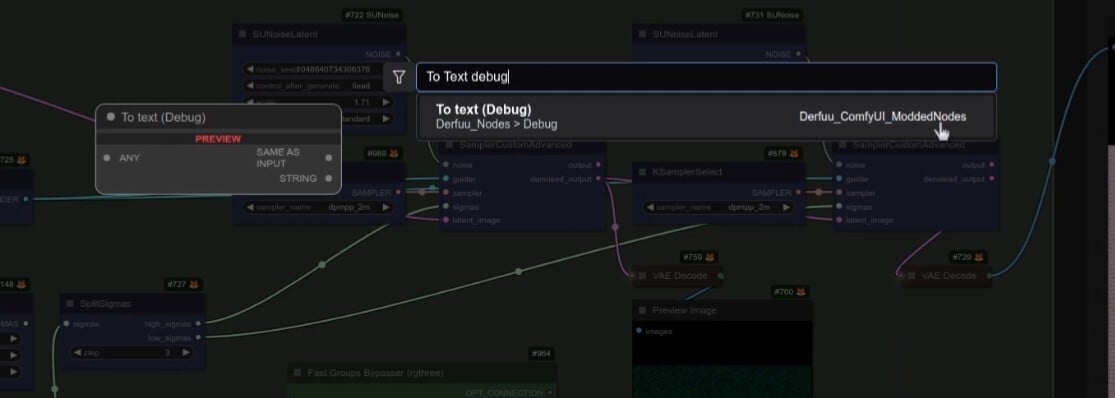tl;dr don't bother. This is too abstracted and nuanced. That is okay to skip.
I like to understand the abstract scope of engineering. This is way beyond the simple surface level, with pics below to illustrate my point.
With electric guitar pickups, the complexity of field shaping and design control over the sensor seems like a place where optimising the profitable manufacturability of the final product remains the primary constraint with little deviation.
I struggle to qualify and quantify my intuitive hunch that there is a whole lot more potential to engineer something new and better within the realm of modern manufacturing. I don't know the principal questions I should ask or what might disprove my ideas from the get go.
- Most transformers shape the magnetic field far more than guitar pickups.
- a guitar pickup appears to be more of a two dimensional sensor that picks up the motion of a ferromagnetic string in the two primary directions of motion
- there are more complex harmonic motions present than a pickup can register in two dimensions
- the coil and slugs of a pickup are surrounded by a single large winding, yet the strings each have very different frequencies
- it is now possible to make a powdered ferrite core of nearly any shape and frequency
- the traditional pickup has little effective shaping of the magnetic field path
- guitar pickups are not optimised to a point where they are readily used elsewhere in other sensory applications and devices as economy of scale should dictate in an open and manipulation free market... I don't think they are anyways
- what might be the result if a 270° toroidal powdered core were designed and shaped for each string while tailoring the copper winding and ferrite for each string's mean frequency and shielding each of these
- would a chord segment gap in a toroidal core pick up more 3d motion from the string
- what effect would a primary and secondary winding wound in the opposite dot notation direction have on the pickup of more complex harmonics and motion
- why does none of this matter due to the filtering of LCR and the noise floor or other aspects
Like here is the basic range of commercial products:

The typical schematic of operation:


Basic construction:

This is a typically low noise toroidal transformer that has been around for ages:

Now I need you to abstract this concept with me a little bit. Imagine if a small toroidal core was below each string and offset towards the neck or bridge so that they will fit. Nothing would stick out or surround the string. The 270° is not a radius cut like a pie. Instead it is a chord and removed segment:

There are totally random pics from DDG that are somewhat illustrative in abstract:


These are just some random powdered core ferrites that illustrate how these can be formed into any shape now:

I usually avoid anything audiophile related because it draws out pseudo science nonsense like crazy, but at the center of this question is really a desire for a deeper understanding of sensors and magnetics that have much broader applications in precise motion control and sensors for a range of equipment.
In a higher level of abstraction, I'm also really asking when and where does this subject become the realm of the illusive bearded nude virgin demigods that get enslaved to corpo NDA masters from birth. ^.5^/s










Terms of service are slavery contracts that presume all persons possess the means to process and competently understand the choices they make. The acceptance of these agreements is the legal forfeiture of citizenship and democracy. This is the simplified core issue of present Western society. Ultimately, people have proven that they will sell democracy and citizenship to anyone willing to create digital novelties. This has normalized and funded exploitation and the US party of open legislative loopholes for criminals.
Seems like a stretch unless you fundamentally understand the implications against the third pillar of democracy—freedom of information required for an informed public. Informational determinism is a cornerstone of democracy. This cornerstone is missing and the house of cards is falling as a result. Most of our present issues boil down to this one problem either directly or indirectly.